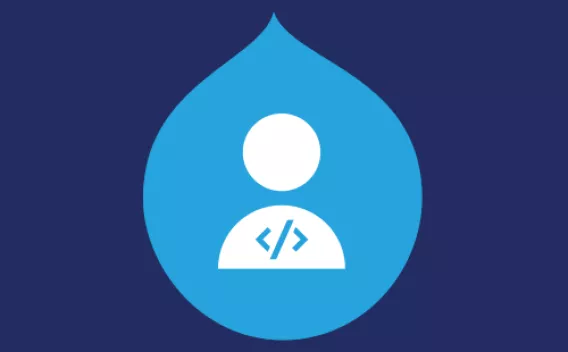How To Choose Between Acquia Drupal CMS Headless vs Drag and Drop Builder
- 5 minute read
-
How to choose a frontend framework
Choosing a frontend framework for your web development project can be a crucial decision that impacts your project's scalability, performance, and maintainability.
A question to ask yourself is:
Who will maintain the website long term?
Will a development team maintain the website or will marketers who need site building capabilities be maintaining your site long term?
Acquia Drupal CMS provides three Starter Kits so you can choose how to maintain your frontend moving forward, decoupled(headless), low code enterprise and community. Acquia Content Management System (Acquia CMS) is an open source, composable CMS for managing digital content and experiences. It is powered by Drupal and optimized for the Acquia platform.

- Starter kits manage an initialization process, not a code distribution.
- Starter kits do not use a custom profile.
- Dependencies are decoupled from distribution.
- Starter kit output is 100% customer owned and customizable.
- Starter kits do not have an upgrade path.
Key features of a starter kit
- Starting Point
- Composable and replaceable templates to start with
- Extendable
- Once instantiated you will continue to sub-theme your theme but your starter kit is no longer tied at runtime.
- Composable
- Your distribution can have multiple starter kits. Instead of one monolithic install profile your distribution can follow micro service principles.
- Decoupled and Upgradeable
- Backwards compatibility for themes were not possible before starter kits. Upgrades to Starter kit will not affect your production themes.
- Command line tools for creation
- Starter kits provide a CLI command for generating new sites using a starter kit
Site Studio is a Drupal add-on service available for Acquia subscribers that empowers non-developers to make layout and design changes inside the CMS.
Designers with little coding knowledge can create within the CMS
- Acquia’s 70+ Drag and drop components with Layout Canvas - see figma
- Base and custom CSS styles
- Reusable responsive templates
- Component based elements
The low-code enterprise solution is ideal for marketers and companies seeking a simplified coding approach.
Headless
What is headless?
Headless is a loose term that refers to decoupling frontend UX from the backend systems that provide, manage and control data.
Why is Headless so Popular
Flexibility:
By separating the frontend from the backend, you can use any technology stack for the frontend, such as React or Next.JS.
This allows developers to choose the best tools for their specific project needs.
API-First Approach:
Drupal's API-first approach ensures that data is accessible via web services (typically REST or JSON:API) right out of the box.
This is crucial for modern web applications and mobile apps that rely on data APIs.
Composable Architecture:
Components of a the application are designed to be modular and easily interchangeable
Key Features:
- Single Unified Editorial Experience
- Omni-channel delivery of content
- Composable architecture
- Content Service
- API First
Headless required design component
“Components are the reusable building blocks of our design system. Each component meets a specific interaction or UI need, and has been specifically created to work together to create patterns and intuitive user experiences.”
|
|
|
|
|
|
|
|
|
|
|
|
|
|
|
|
|
|
|
|
What are my needs?
Low Code
- Low code
- Configurable
- Simpler architecture
- Tried and true
- Web pages
Headless
- High code
- Developer freedom
- Flexible architecture
- Cutting edge
- Apps and IoT
When it comes down to it, it is a business decision and who is maintaining your site. Choosing the path of lease resistance for what makes sense for your company and and future of your web application.






